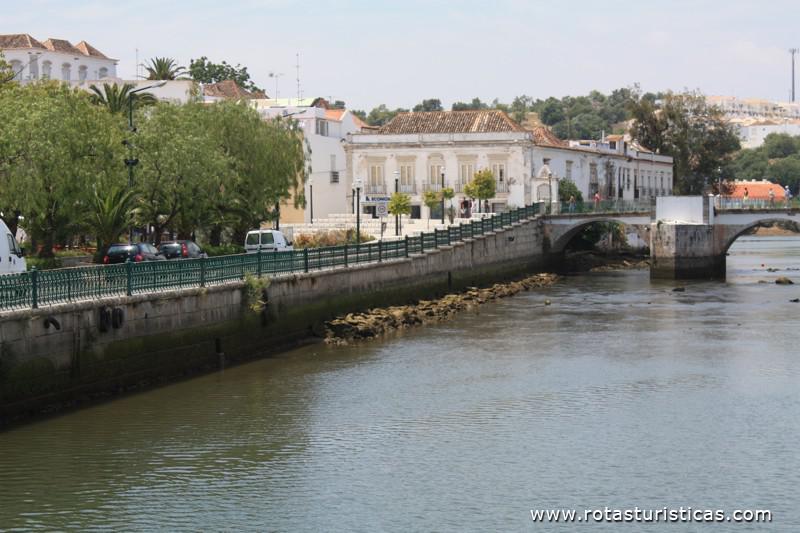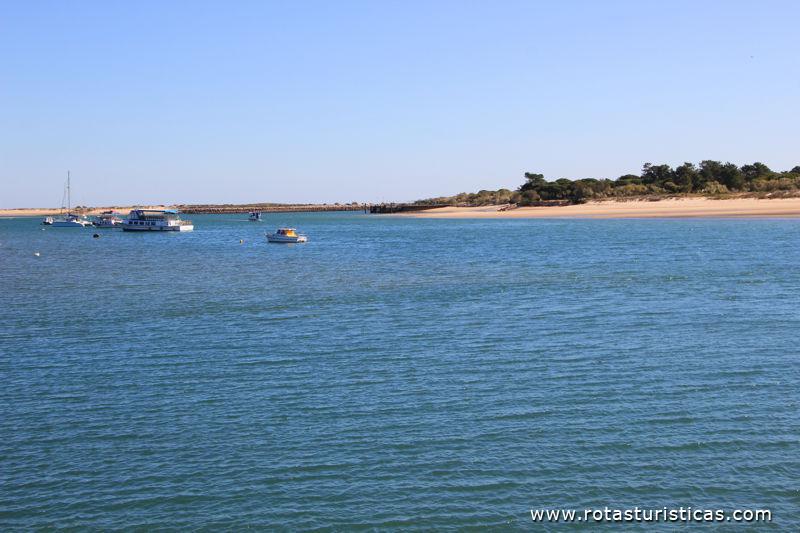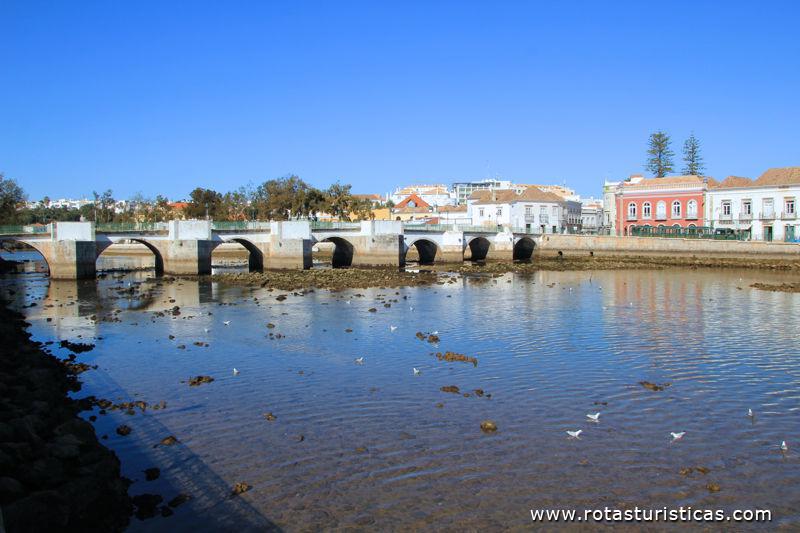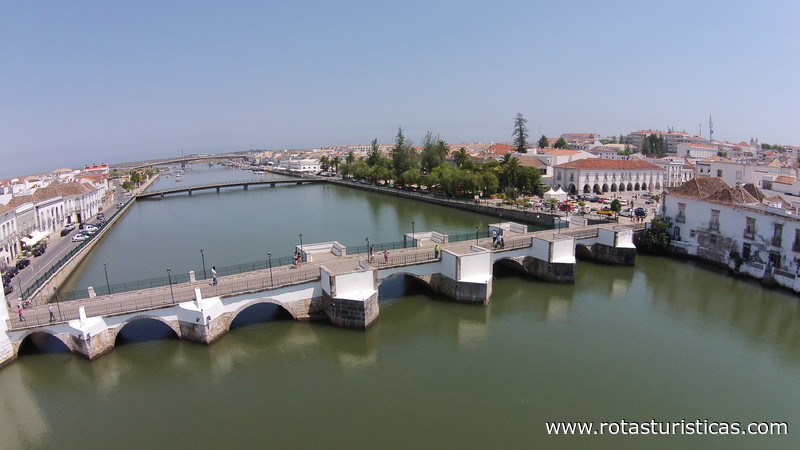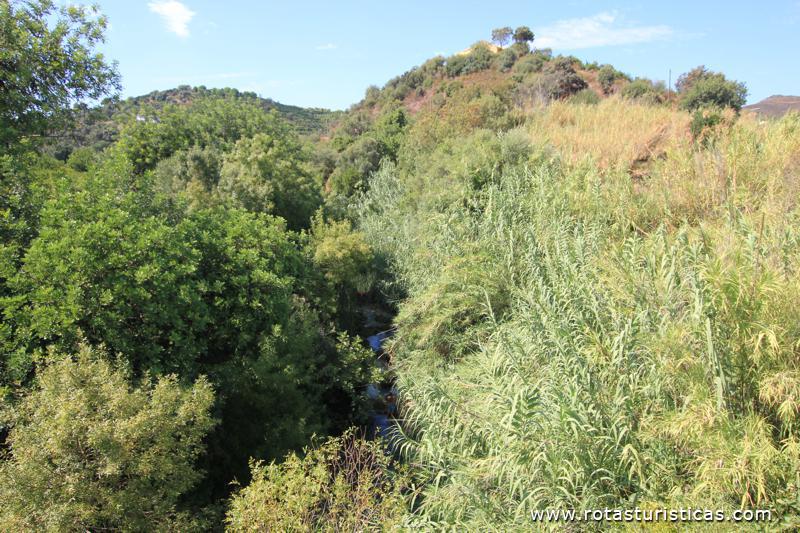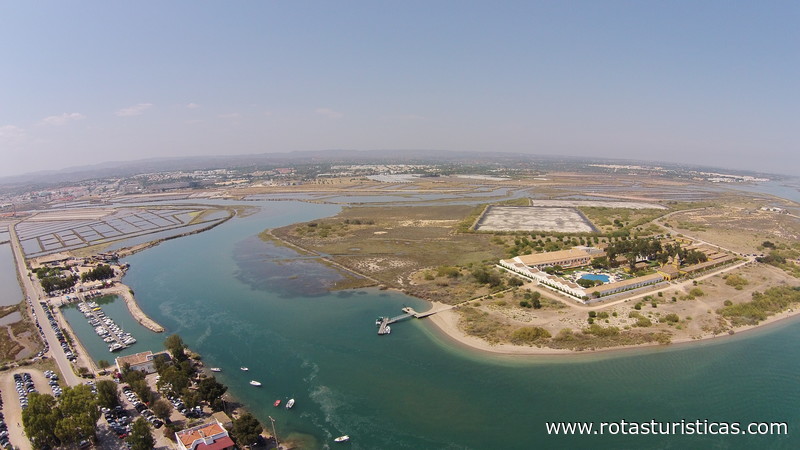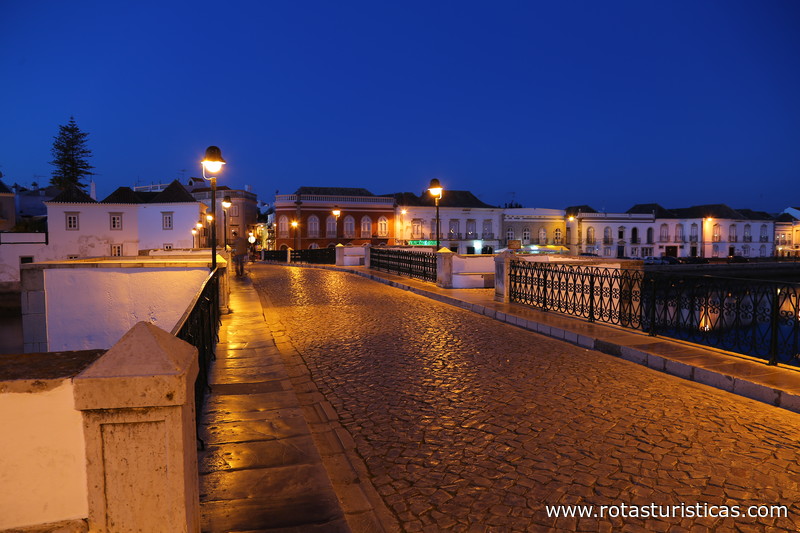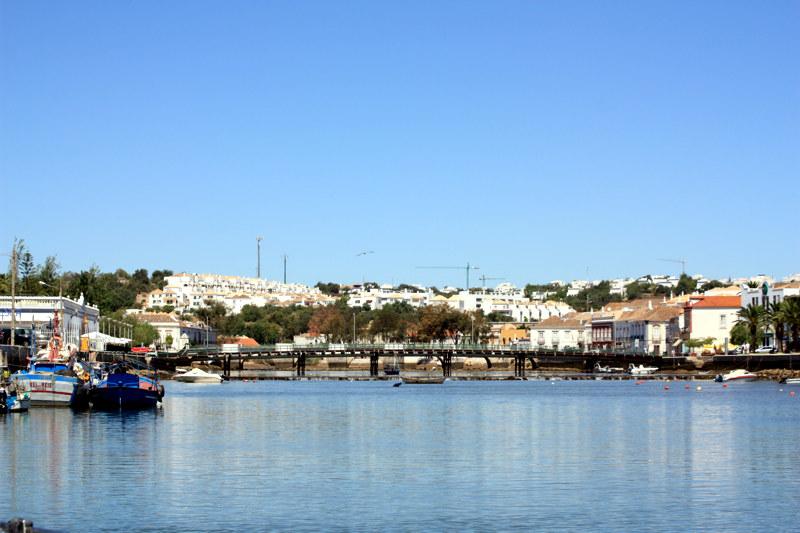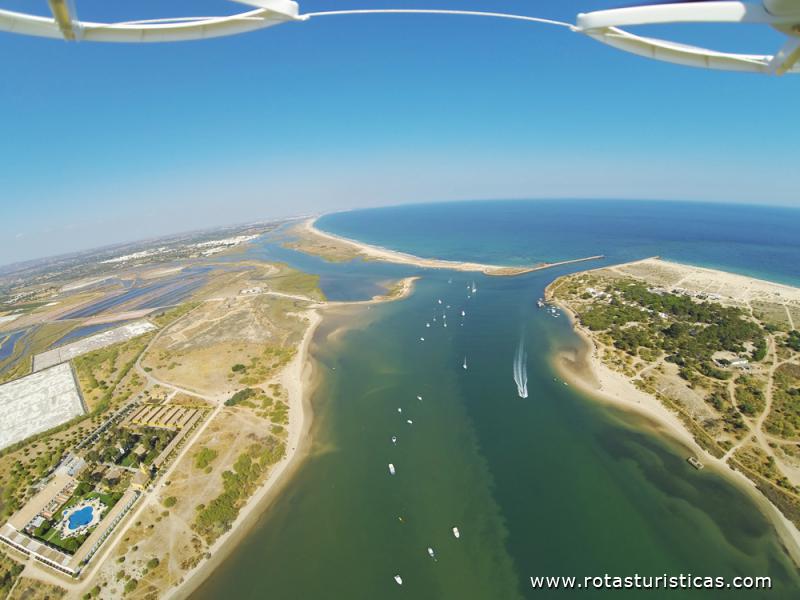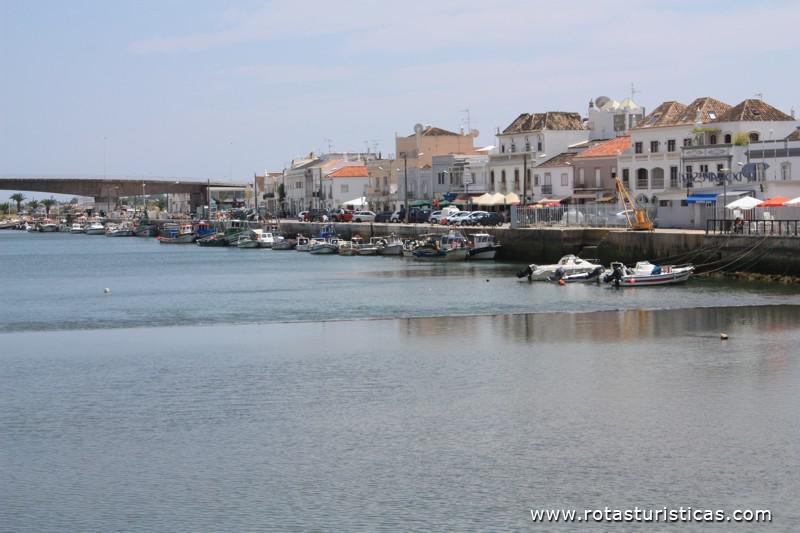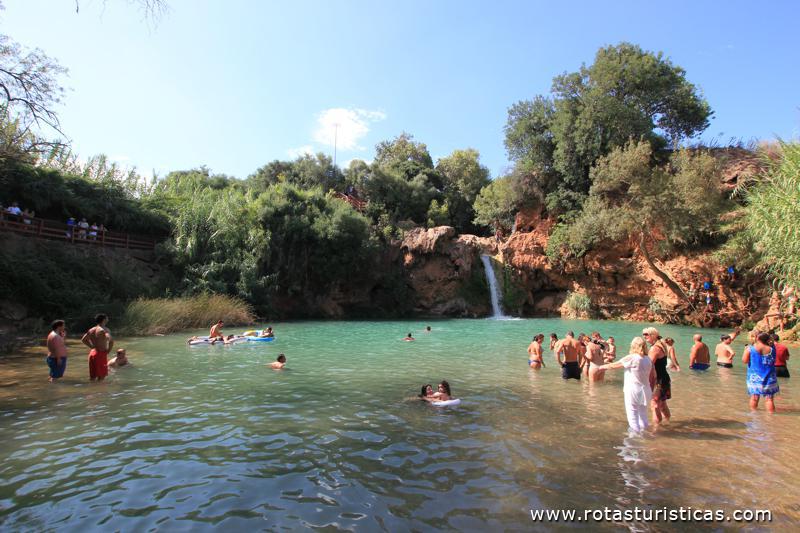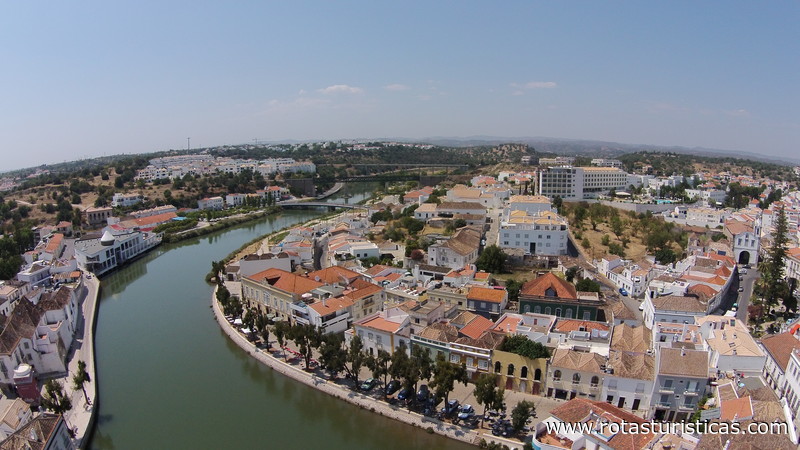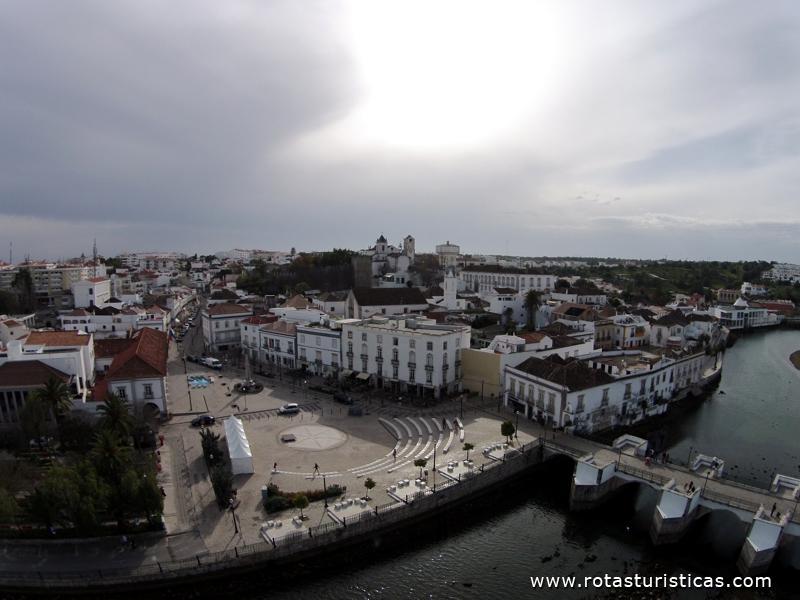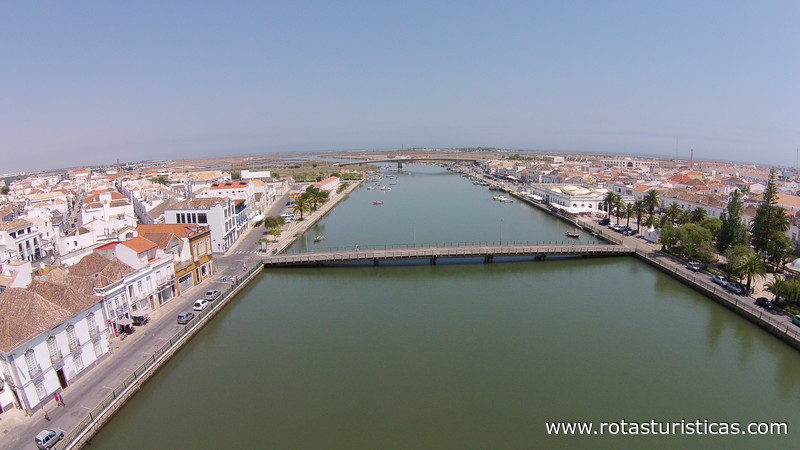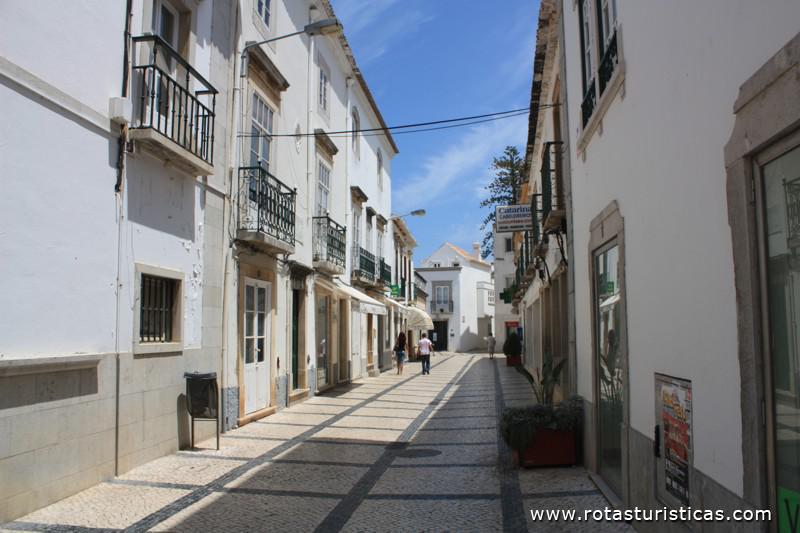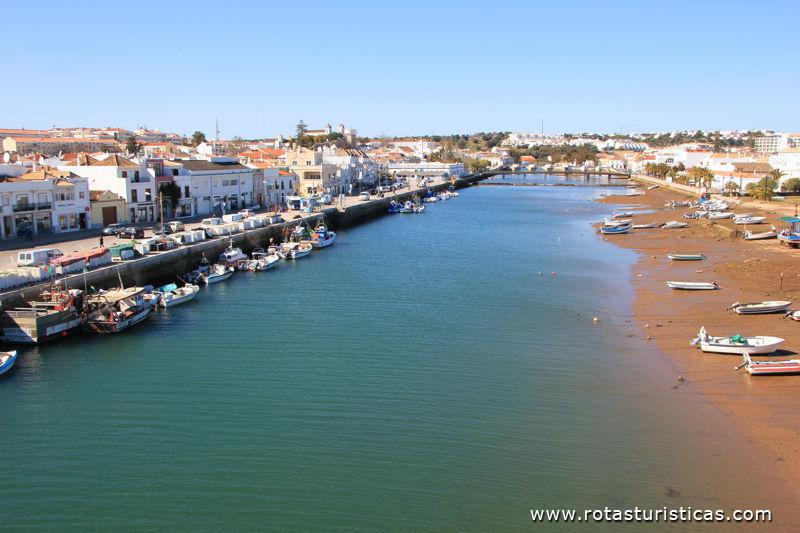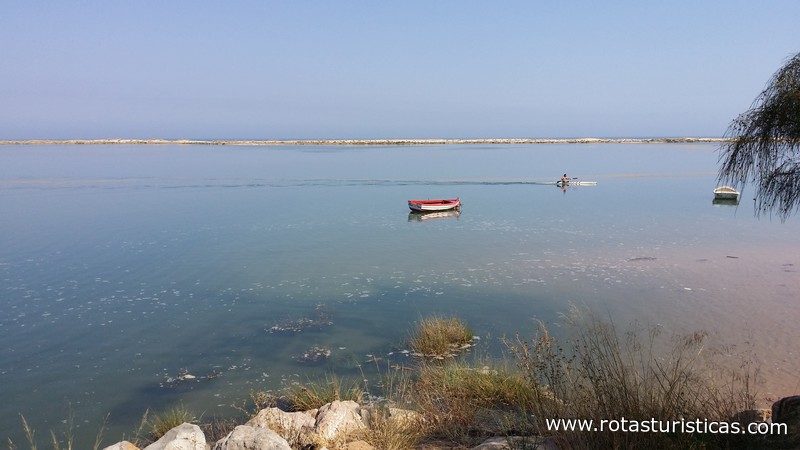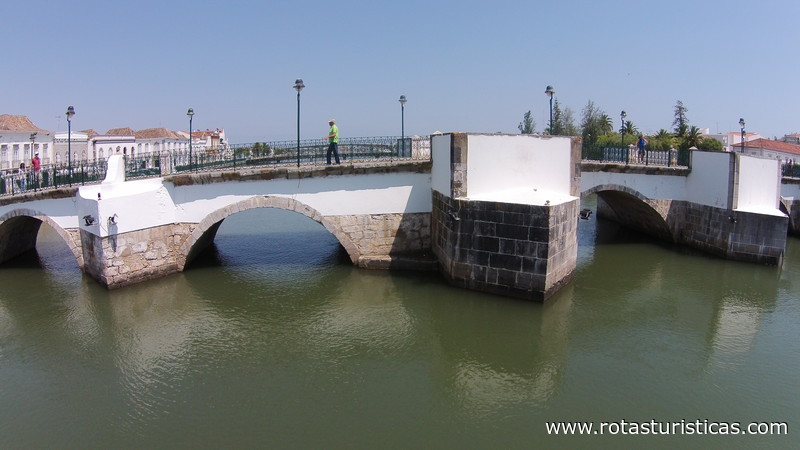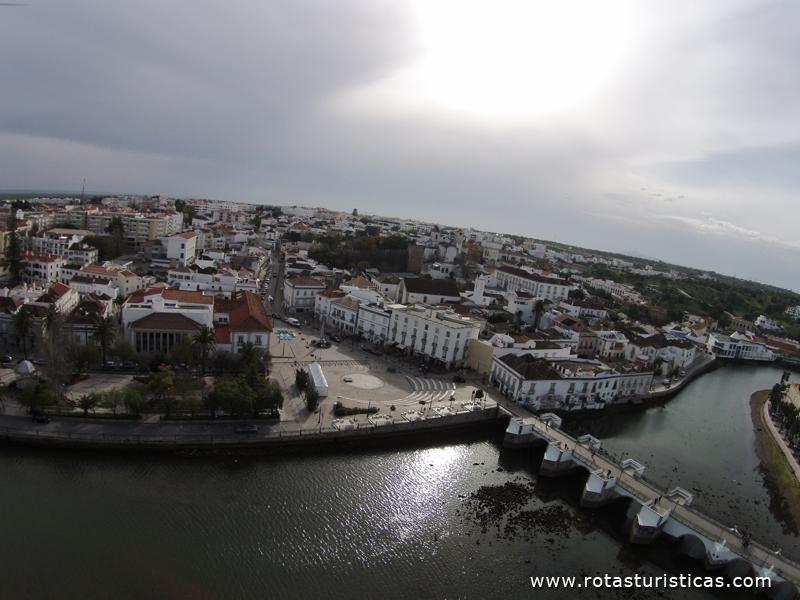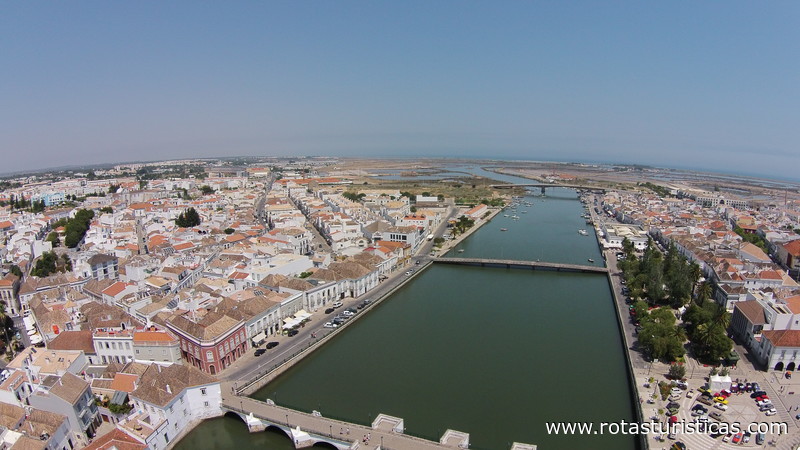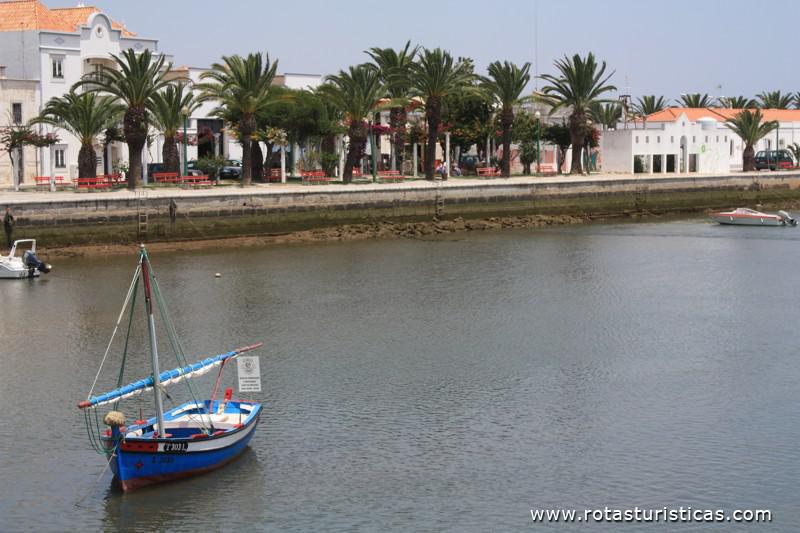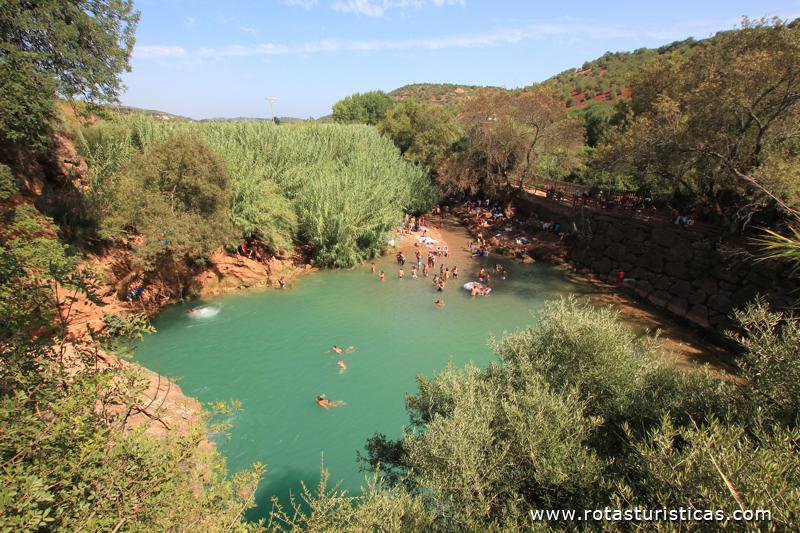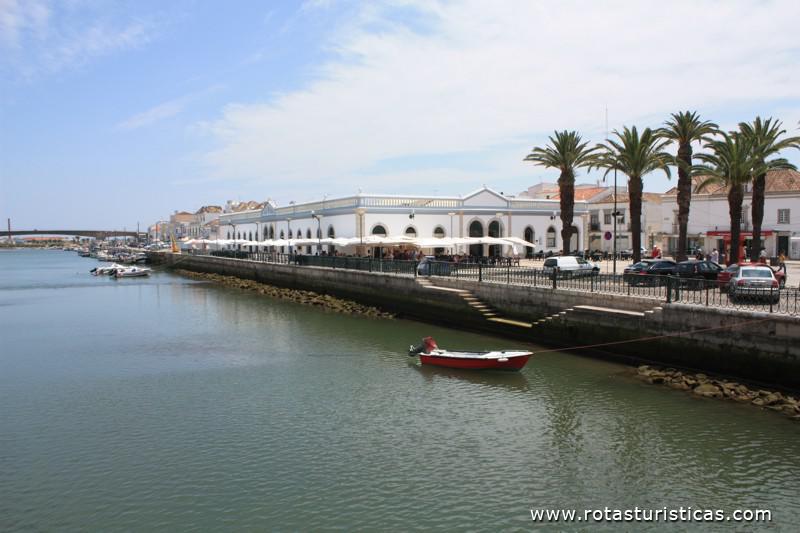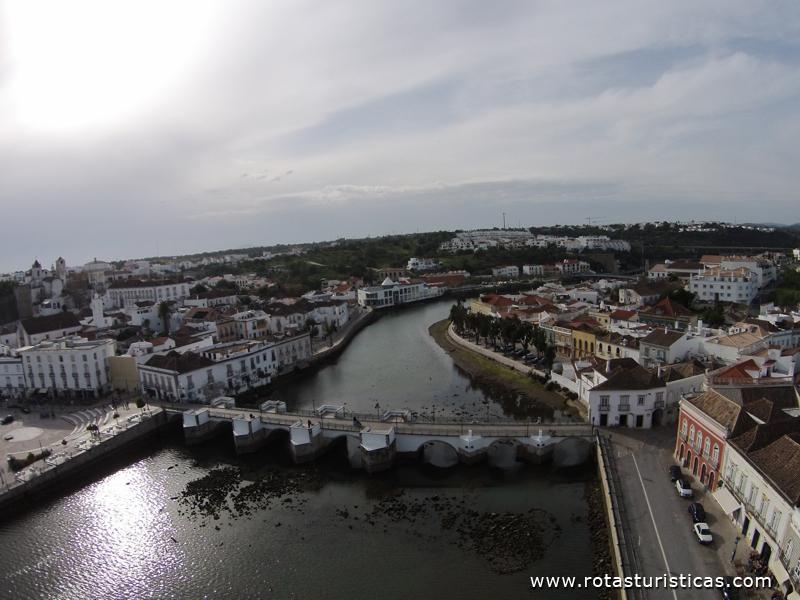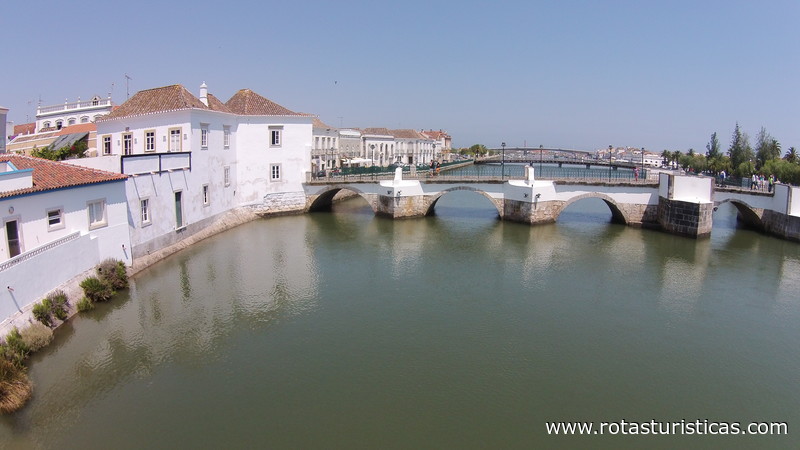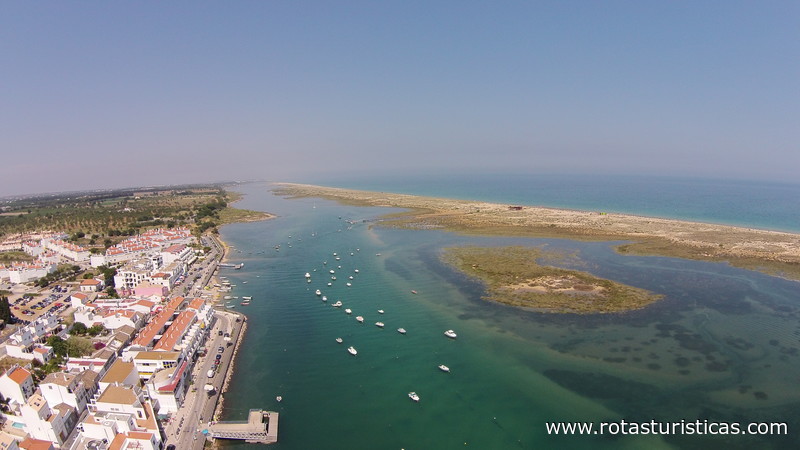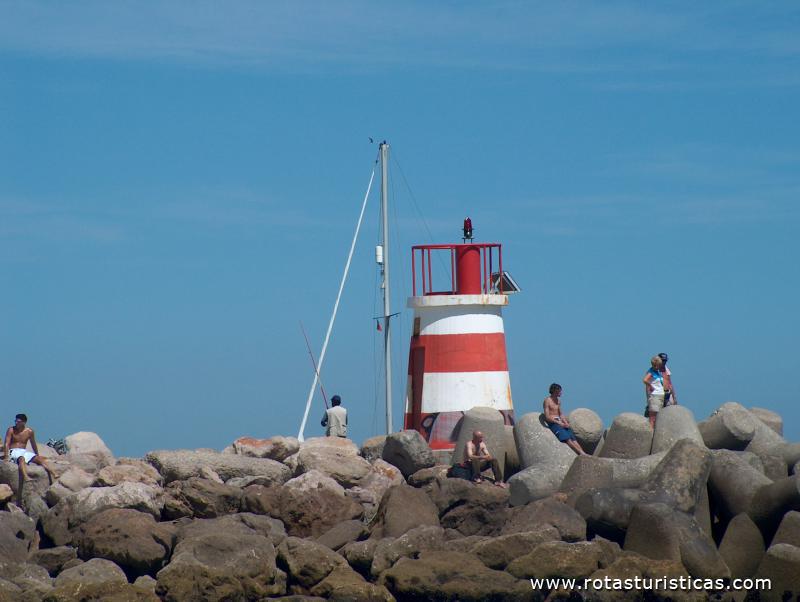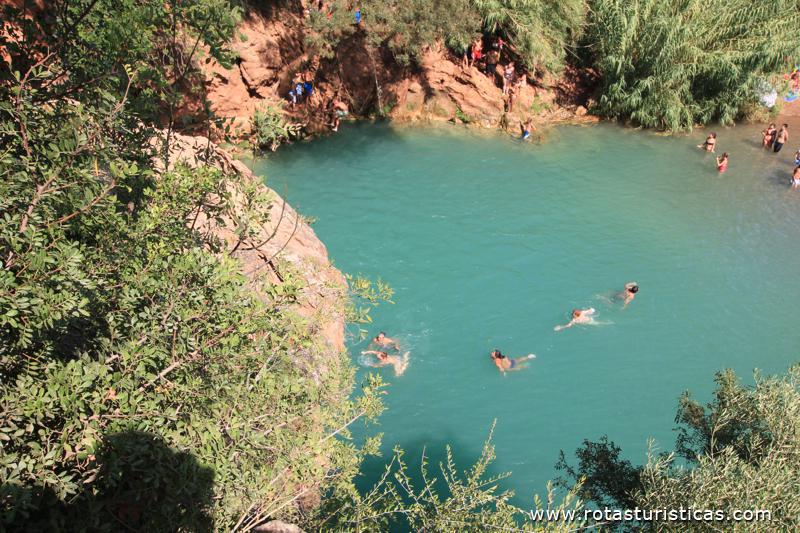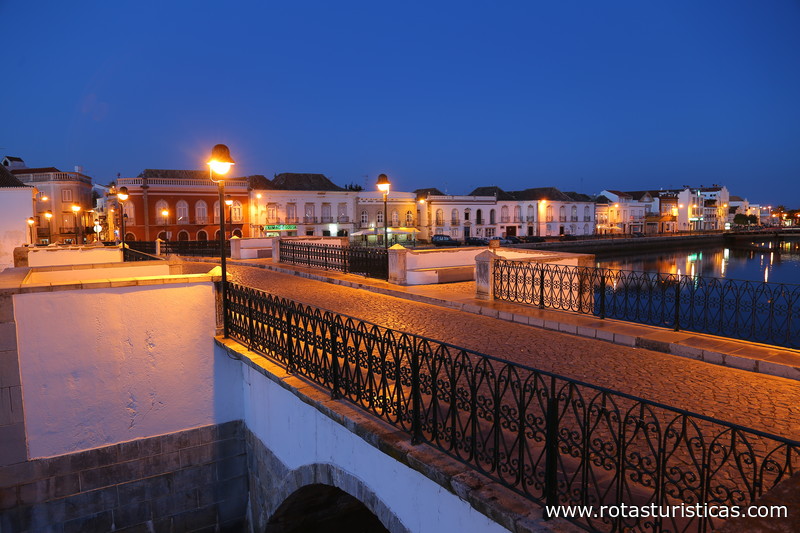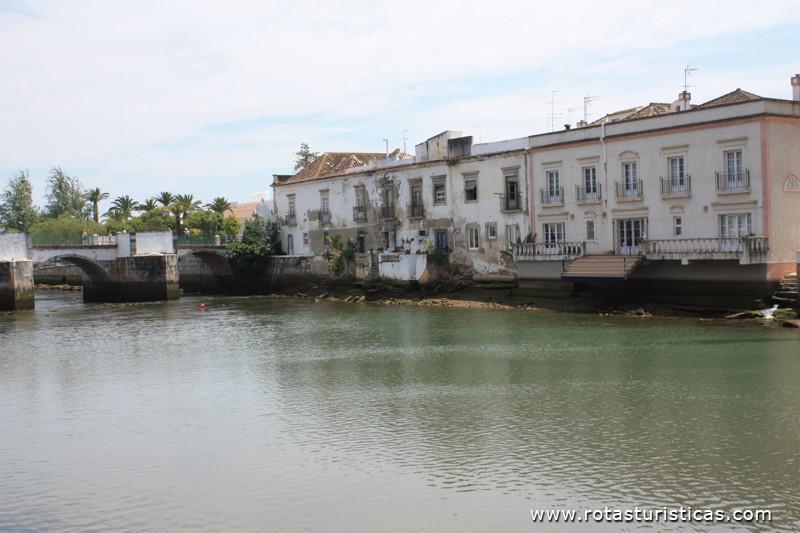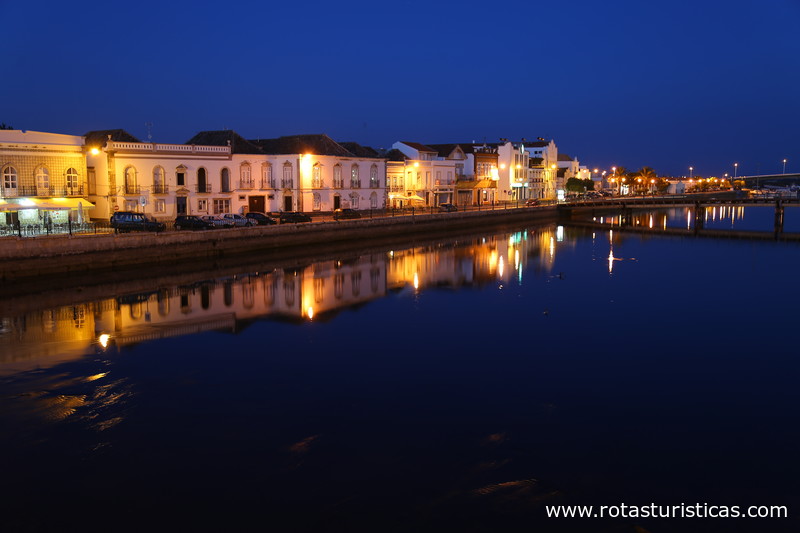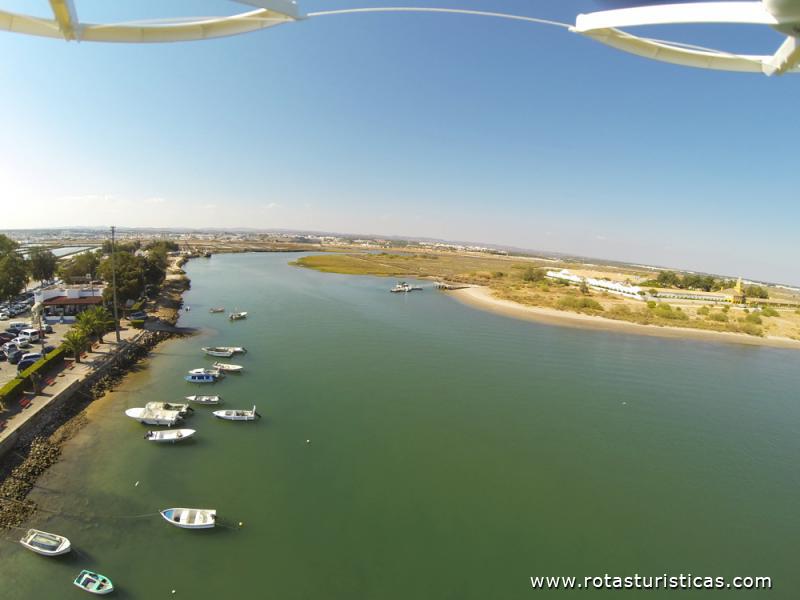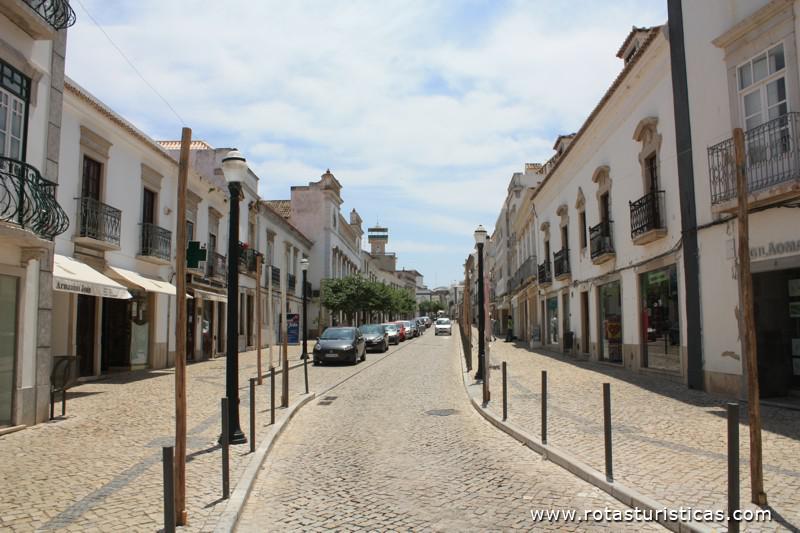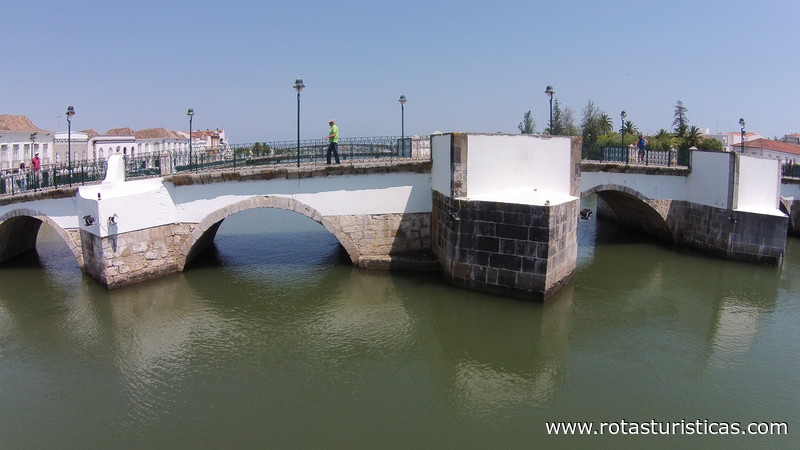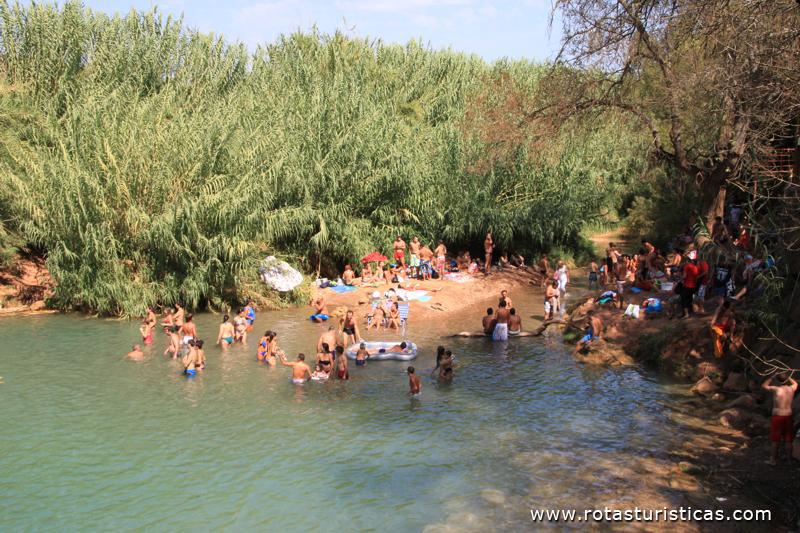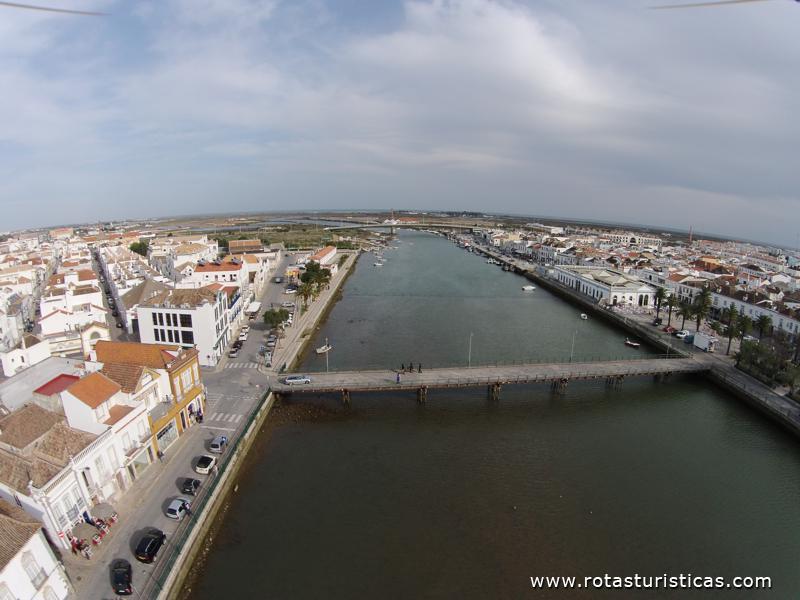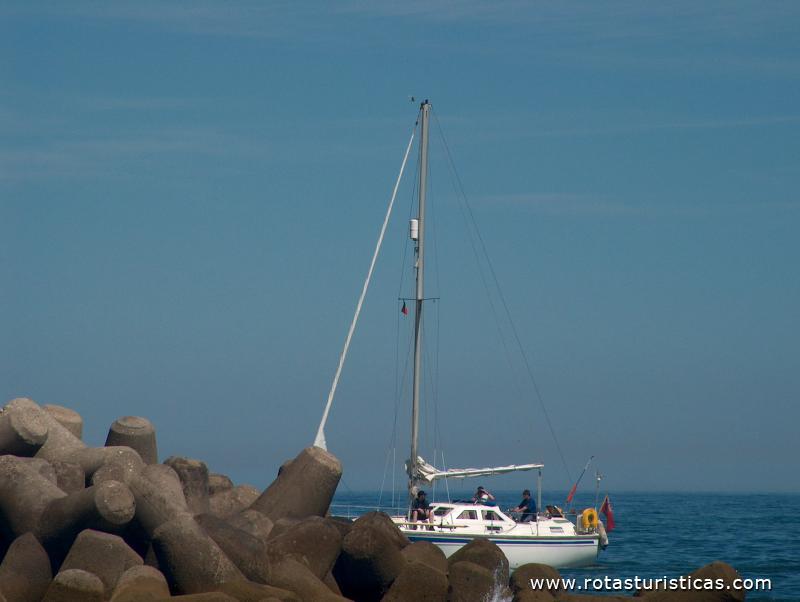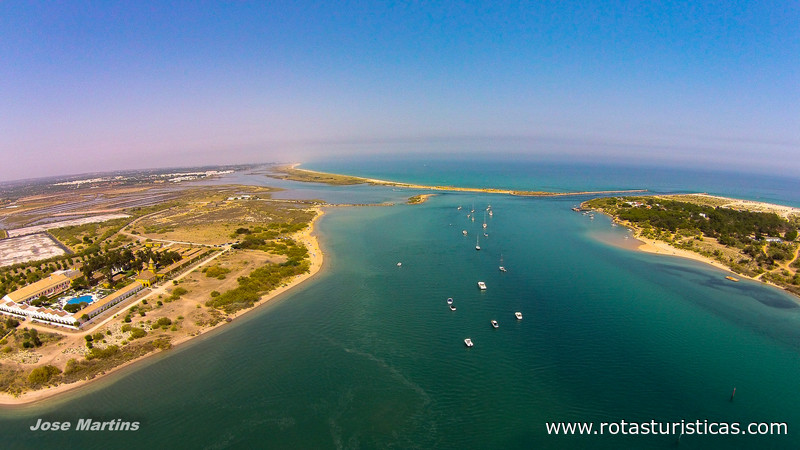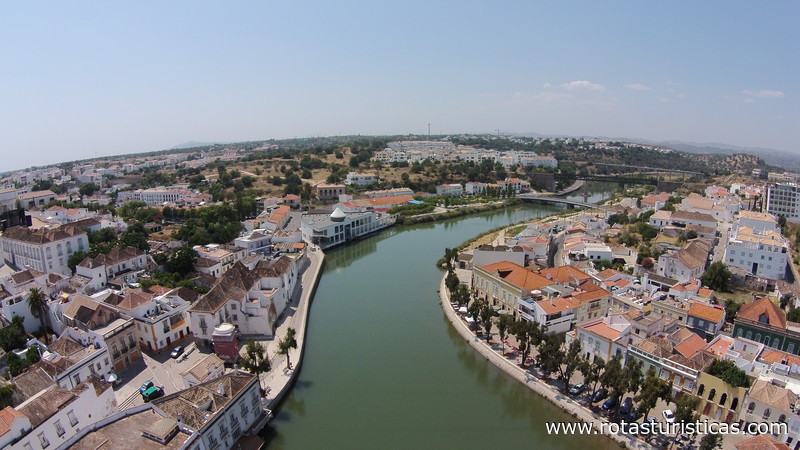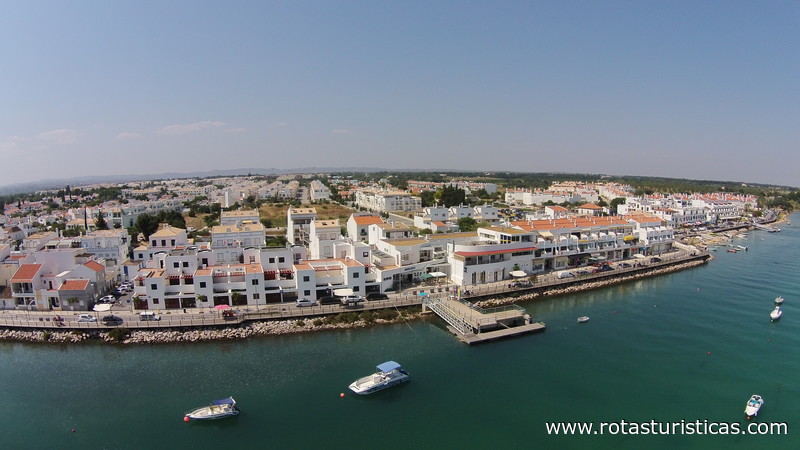Pictures of: Tavira - Algarve
Location map
Airports
Hotels and other Accommodation
Golf Courses
What to visit
Where to Eat
Where to have fun
Consulates & Embassies
World Nomads
The Travel Insurance with the largest coverage

The Travel Insurance with the largest coverage

Tavira
Tavira is a Portuguese town in the District of Faro, Algarve region and sub-region.
It is soothes of a municipality with 606,98 km ² of area, subdivided in 9 parishes. The municipality is limited to the northeast by the municipality of Alcoutim, to the east by Castro Marim and by the western part of the municipality of Vila Real de Santo António, to the southwest by Olhão, to the west by São Brás de Alportel and by Loulé and to the south has coast in the Atlantic Ocean. It is in the Sotavento area (Eastern Algarve).
It is soothes of a municipality with 606,98 km ² of area, subdivided in 9 parishes. The municipality is limited to the northeast by the municipality of Alcoutim, to the east by Castro Marim and by the western part of the municipality of Vila Real de Santo António, to the southwest by Olhão, to the west by São Brás de Alportel and by Loulé and to the south has coast in the Atlantic Ocean. It is in the Sotavento area (Eastern Algarve).
Tourism
The castle and the many church steeples. The mirror of a river where houses and gardens are reflected. The triangles of the treasure roofs. The horizons of beach and sea. Encantos de Tavira, city of art and history, a must visit in the cultural itinerary of the Algarve.
Castle
Church of Santa Maria do Castelo
Church of the Misericordia
Church of Santiago
Church of São Paulo
Carmo Church
Church of São José do Hospital
Church of San Francisco
Church of Santo António
São Sebastião Chapel
Hermitage of Our Lady of Consolation
Chapel of Santa Ana
Hermitage of Nossa Senhora do Livramento
Hermitage of São Pedro Gonçalves Telmo
Lagar Museum (House of Arts)
Fort of Rato
Hermitage of Calvary
Gallery Palace
Tower of Tavira - Obscura Chamber
Historic center
Tavira has a secret that deserves to be discovered by walking the streets: they are the gates of reixa, of thin interwoven wood, evocative of the Arab heritage present in the Algarve culture.
Beaches
In Tavira, the Serra do Caldeirão descends in a succession of gentle hills to the sea, landscaped with rainforest orchards, where olive, almond, fig and carob trees scatter sweet aromas that blend with the sea. The coastline is sandy and smooth, quiet and very inviting on its 11 km of fine white sand beaches and very warm water. Also here is the Ria Formosa, which is extinguished on the Cacela Peninsula, which provides pleasant boat trips and observation of the flora and fauna of the wetland, with emphasis on aquatic avifauna. It is estimated that, among resident and passing species, the Ria Formosa hosts more than 30,000 birds annually.
The proximity of the ria also offers the county advantages in fishing, with Tavira having the only camp in the country, Arraial Ferreira Neto, which once hosted the families of fishermen and tuna fishing gear. The Arraial, now transformed into a hotel, preserves a museum about this ancient fishing art. Other elements also mark the image of the county: the salinas, whose light almost dazzles and the curious roofs of scissors, roofs of four waters very common in Tavira, especially in palatial homes.
Castle
Church of Santa Maria do Castelo
Church of the Misericordia
Church of Santiago
Church of São Paulo
Carmo Church
Church of São José do Hospital
Church of San Francisco
Church of Santo António
São Sebastião Chapel
Hermitage of Our Lady of Consolation
Chapel of Santa Ana
Hermitage of Nossa Senhora do Livramento
Hermitage of São Pedro Gonçalves Telmo
Lagar Museum (House of Arts)
Fort of Rato
Hermitage of Calvary
Gallery Palace
Tower of Tavira - Obscura Chamber
Historic center
Tavira has a secret that deserves to be discovered by walking the streets: they are the gates of reixa, of thin interwoven wood, evocative of the Arab heritage present in the Algarve culture.
Beaches
In Tavira, the Serra do Caldeirão descends in a succession of gentle hills to the sea, landscaped with rainforest orchards, where olive, almond, fig and carob trees scatter sweet aromas that blend with the sea. The coastline is sandy and smooth, quiet and very inviting on its 11 km of fine white sand beaches and very warm water. Also here is the Ria Formosa, which is extinguished on the Cacela Peninsula, which provides pleasant boat trips and observation of the flora and fauna of the wetland, with emphasis on aquatic avifauna. It is estimated that, among resident and passing species, the Ria Formosa hosts more than 30,000 birds annually.
The proximity of the ria also offers the county advantages in fishing, with Tavira having the only camp in the country, Arraial Ferreira Neto, which once hosted the families of fishermen and tuna fishing gear. The Arraial, now transformed into a hotel, preserves a museum about this ancient fishing art. Other elements also mark the image of the county: the salinas, whose light almost dazzles and the curious roofs of scissors, roofs of four waters very common in Tavira, especially in palatial homes.
Gastronomy
Tapas are synonymous with Spain, but the art of tapas is not exclusive to "our brothers". Let the Tavirenses and the whole population of the Algarve Sotavento say, with great traditions in the snacks. They are simple meals, served on plates, usually accompanied by a glass of wine or a beer and food at any time of the day, which in fact make up part of the daily habits of that area of the South of the Country.
Tavira is famous for tuna and octopus-based snacks, but also for other species such as shrimp, cuttlefish, stingray and lingo. Those who already know and appreciate them know how refreshing and enjoyable it is to have a tuna fish or an octopus salad served with a cold beer after a summer afternoon. They are typical dishes of a coastal county, planted on the edge of a ria, the Formosa, which provides a vast array of fish species, shellfish and bivalves. Tuna with Balocas, Infante salad, linguine feijoada, shrimp mimos, alimados horse mackerel, tuna steak, octopus mayonnaise, fried cuttlefish, octopus stew and octopus salad are the dishes you can find in the various restaurants.
Tavira is famous for tuna and octopus-based snacks, but also for other species such as shrimp, cuttlefish, stingray and lingo. Those who already know and appreciate them know how refreshing and enjoyable it is to have a tuna fish or an octopus salad served with a cold beer after a summer afternoon. They are typical dishes of a coastal county, planted on the edge of a ria, the Formosa, which provides a vast array of fish species, shellfish and bivalves. Tuna with Balocas, Infante salad, linguine feijoada, shrimp mimos, alimados horse mackerel, tuna steak, octopus mayonnaise, fried cuttlefish, octopus stew and octopus salad are the dishes you can find in the various restaurants.
Weather
The climate of the region is temperate Mediterranean; according to the climate classification of Koppen, Tavira has a temperate climate with a rainy winter and a hot dry summer (Csb). The average annual temperature is around 18 ° C, as in the rest of the coast and in the baroque of the Algarve leeward. In August the maximum temperatures are around 30 ° C and the minimum temperatures are 19 ° C, while in January the highs are around 16 ° C and the lows are 7 ° C. Considering the climatological norm 1961-1990, the city presents an average annual precipitation of 576 mm, distributed over approximately 65 days, mainly concentrated between October and April. Precipitation is essentially concentrated between October and February, December being the wettest month of the year, with about 100 mm of mean precipitation. There are five dry months, from May to September. Climatological autumn, as a rule, starts in mid-October. During the autumn and winter there are frequent short periods of intense precipitation and thunderstorm, alternating with mild days of clear skies. Cold waves are rare and very short, and occur essentially at the end of December or early January: in the years when these weather phenomena occur, minimum temperatures can approach 0 ° C. The last snowfall in the city occurred in February 1954, but in the early hours of February 1, 2006 it snowed in the Serra do Caldeirão, in the Cachopo region. the climatological spring can begin at the end of February, and it is a fickle season, and may fluctuate from year to year between dry and rainy. In Serra do Caldeirão, the average annual rainfall exceeds 800 mm, and there are only four dry months (May exceeds 30 mm); in addition, the annual average temperature is lower than the coast. In the mountainous region the convective phenomena can be frequent in the transition from Spring to Summer (April and May) and Summer to Autumn (September and October).
Other tourist destinations in:
Portugal
Portugal
Other world tourist destinations
Why to book with TRAVEL CLUBE
The best prices
Our partnerships with the world´s largest operators offer research on the best market prices.
More options
At Rotas Turisticos you can book the hotel, buy the air ticket, book the transfer from the airport to the hotel and vice versa, book the local excursions, rent the car, take travel insurance and consult the places to visit and where to go.
Holiday Tips & Destinations
Hundreds of holiday destinations with all the options that allow you to easily choose the destination that best suits your dream vacation.
TRAVEL CLUBE
Links

